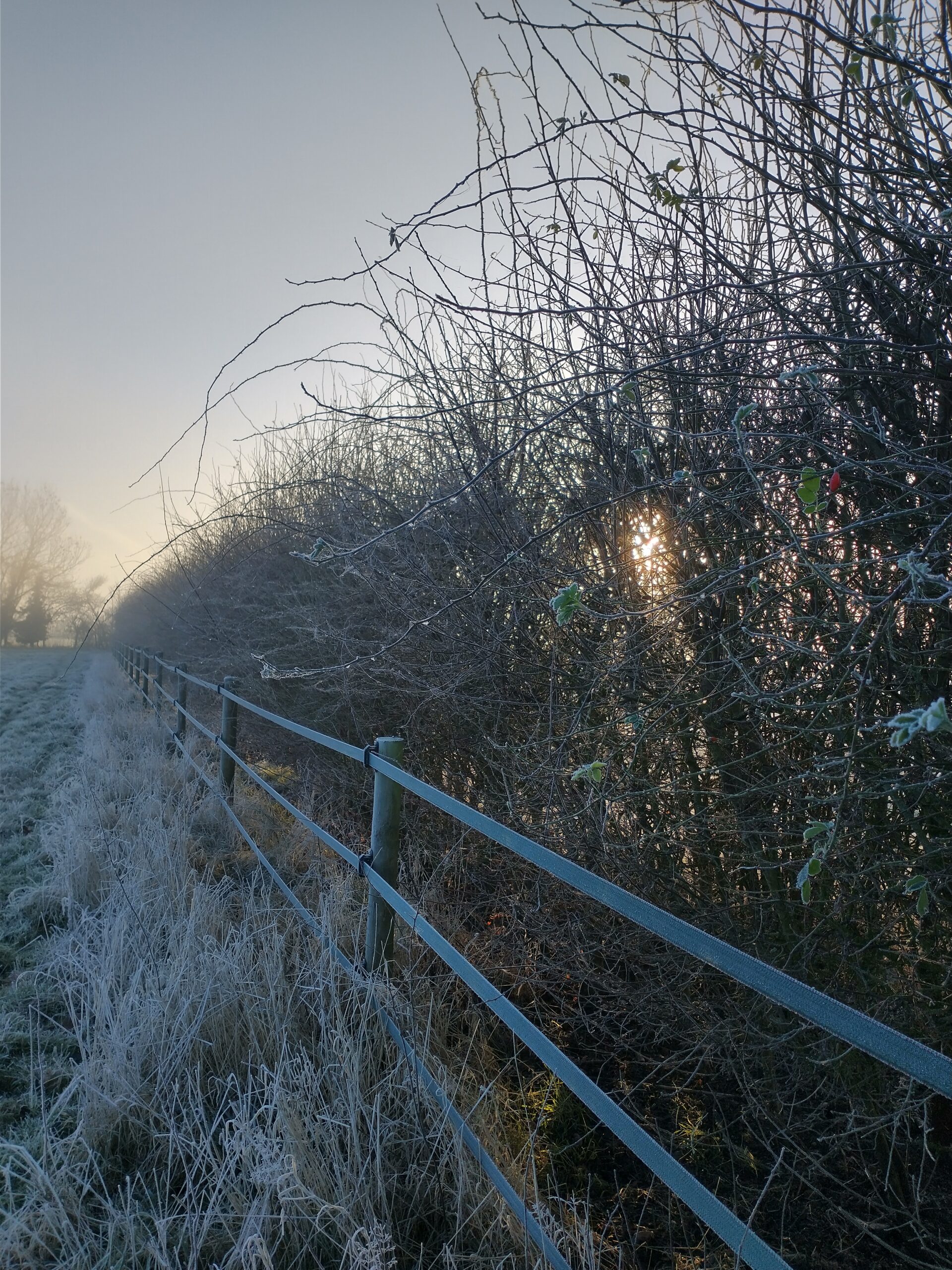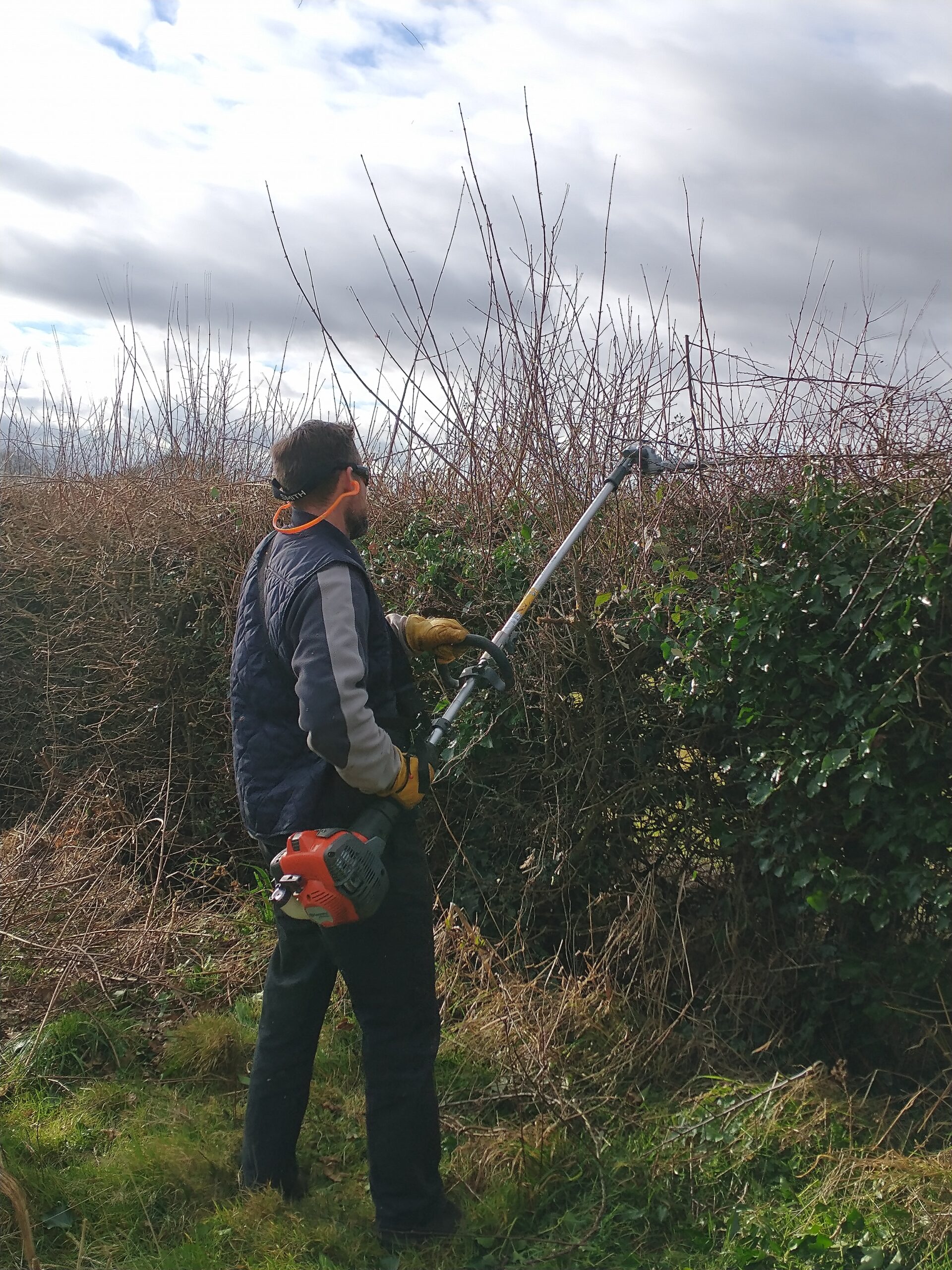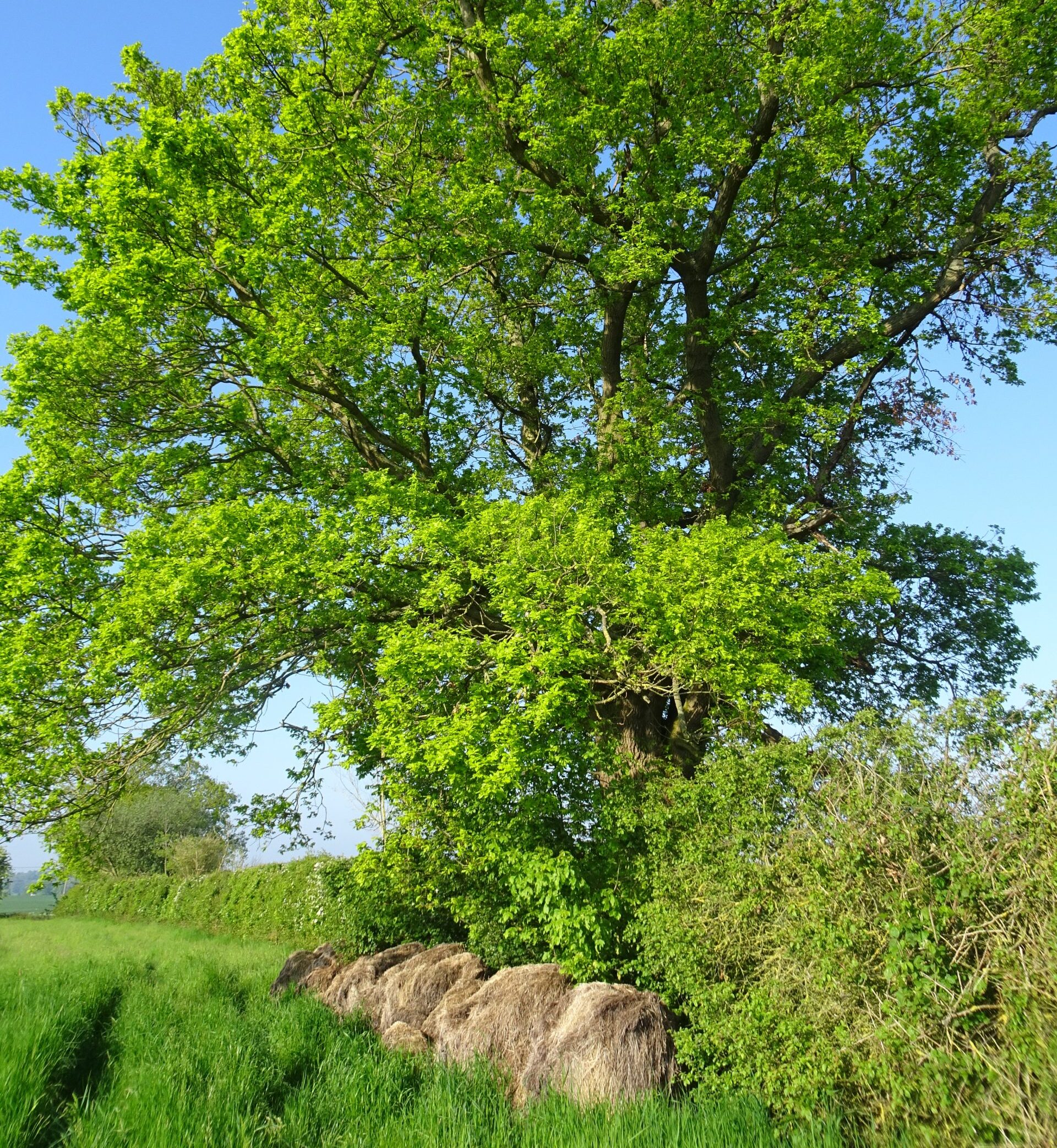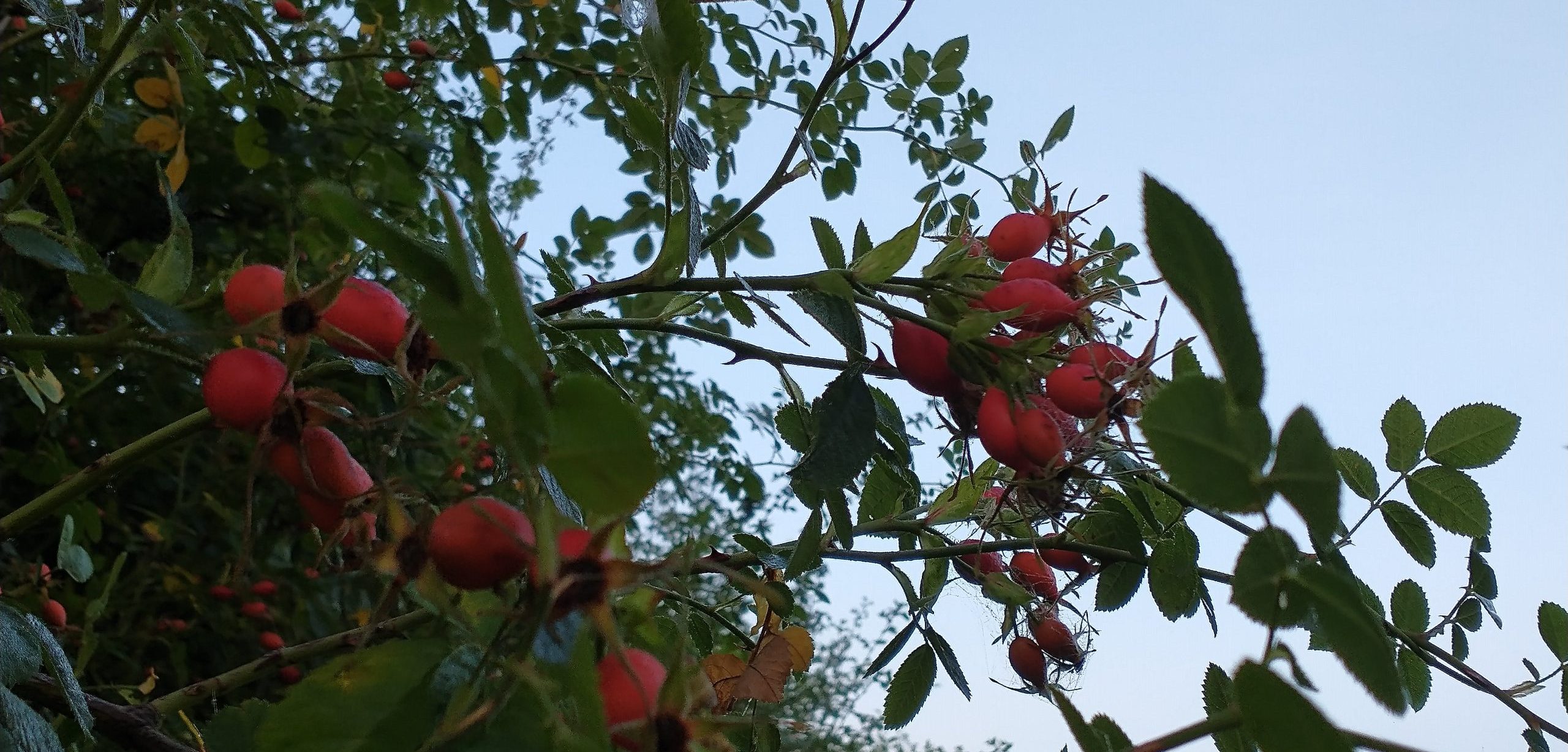
Hedgerow Management
There is a lot more to it than you think!

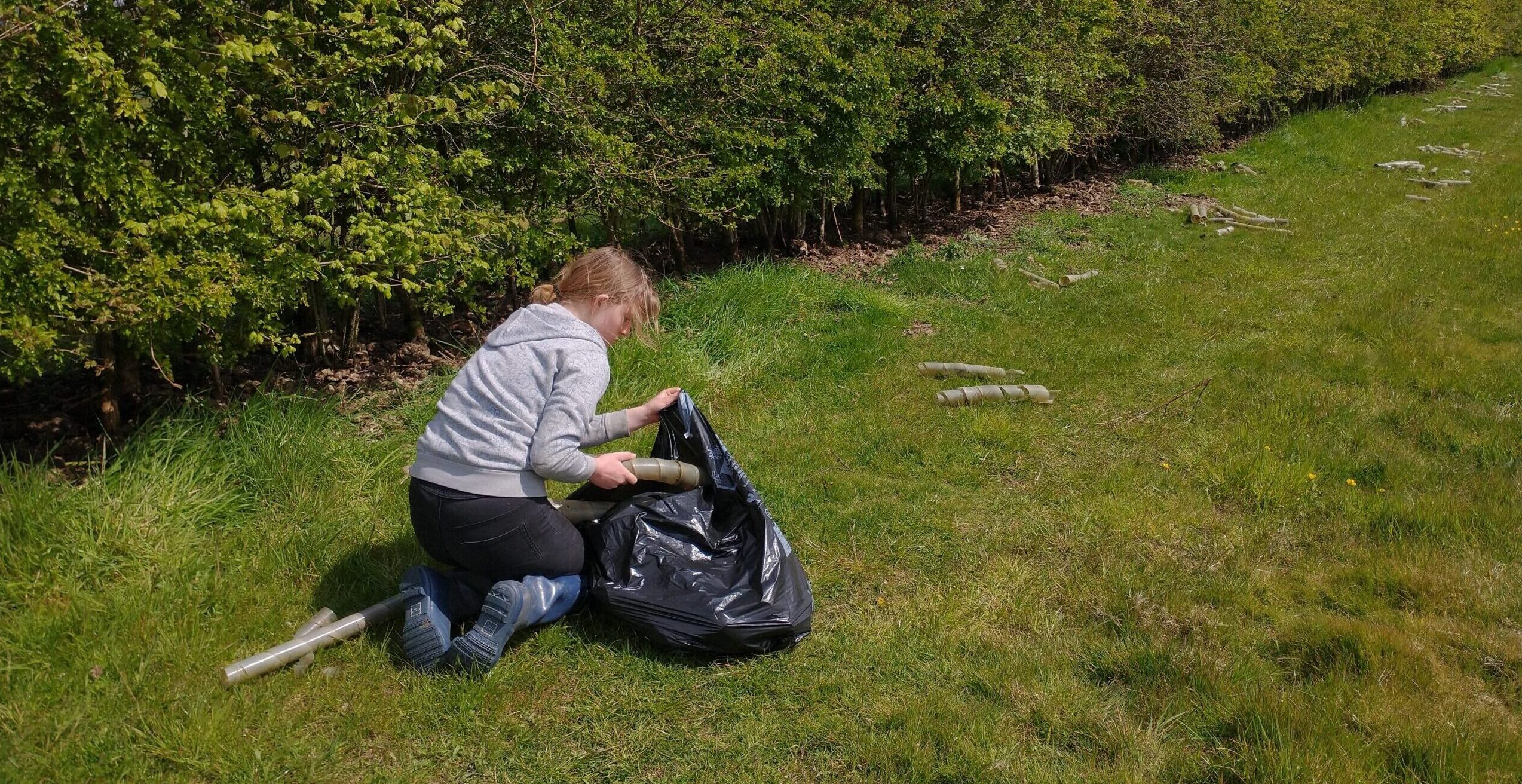
Hedge Management Plan
I have just written one – why might you ask?
Well, hedges are important things.
“Between 1946 and 1997 the length of hedgerow across England collapsed from approx 800,000km to 400,000km – that’s 50% less natural habitat for wildlife” www.WildEast.co.uk
They are a ‘man made’ managed replica of what herbivores used to do to our shrubs and trees by browsing. This created a dense habitat rich in food, and safe to live in and move through for our wildlife. We removed the big herbivores from our landscape some time ago, but by planting and managing hedges we enabled our wildlife to continue to thrive, that is until we grubbed them out to create bigger fields and forgot how to manage them well. So now they grow out, die out, or are cut so savagely each year that they retain very little value.
However, hedgerows remain the most widespread semi-natural habitat in the UK and are critical to the existence of vast numbers of plants, animals and invertebrates. Together with their associated trees, banks, ditches and margins they also provide a wide range of valuable services which also benefit people. As well as biodiversity services the list includes:
- Regulating services such as: pest control, flood control, cleaning up air pollution, filtering noise pollution and carbon storage.
- Cultural services such as landscape aesthetics and historical heritage.
Good management to maintain the health of hedges is crucial to their ability to provide such benefits.
The management plan looks at each hedge on the farm. They are assessed for health, functionality and their value in providing ecosystem services. Each hedge will be trimmed, or layered, or allowed to grow out, or regenerated with new whips planted according to need. Some will just be left to grow out for a few years. The aim is to thicken and strengthen the hedges and ensure that each year there are berries for the animals and birds on the farm.
Please rethink hedges. Don’t put a fence up, plant a hedge. It does not have to be a mixed native hedge it can be a single species, or a informal flowering shrub hedge. Every hedge counts!
Top left: A young hedge. This will be trimmed on the side of the electric fence and next year layered.
Top middle: The same hedge having its spiral tree guards removed which were starting to damage its growth.
Top right: This hedge is next to our sunflowers. This has been trimmed to the top and one side to ensure we have space for the sunflowers but on the other side we will let it grow out and widen to create a nice deep dense hedge.
Bottom left: This hedge is in the Outback. It will be allowed to grow out into the field and the Oak to set seed.
Bottom right: Some of the hedgerow bounty that will be allowed to grow, flower and fruit each year for the benefit of our wildlife.
